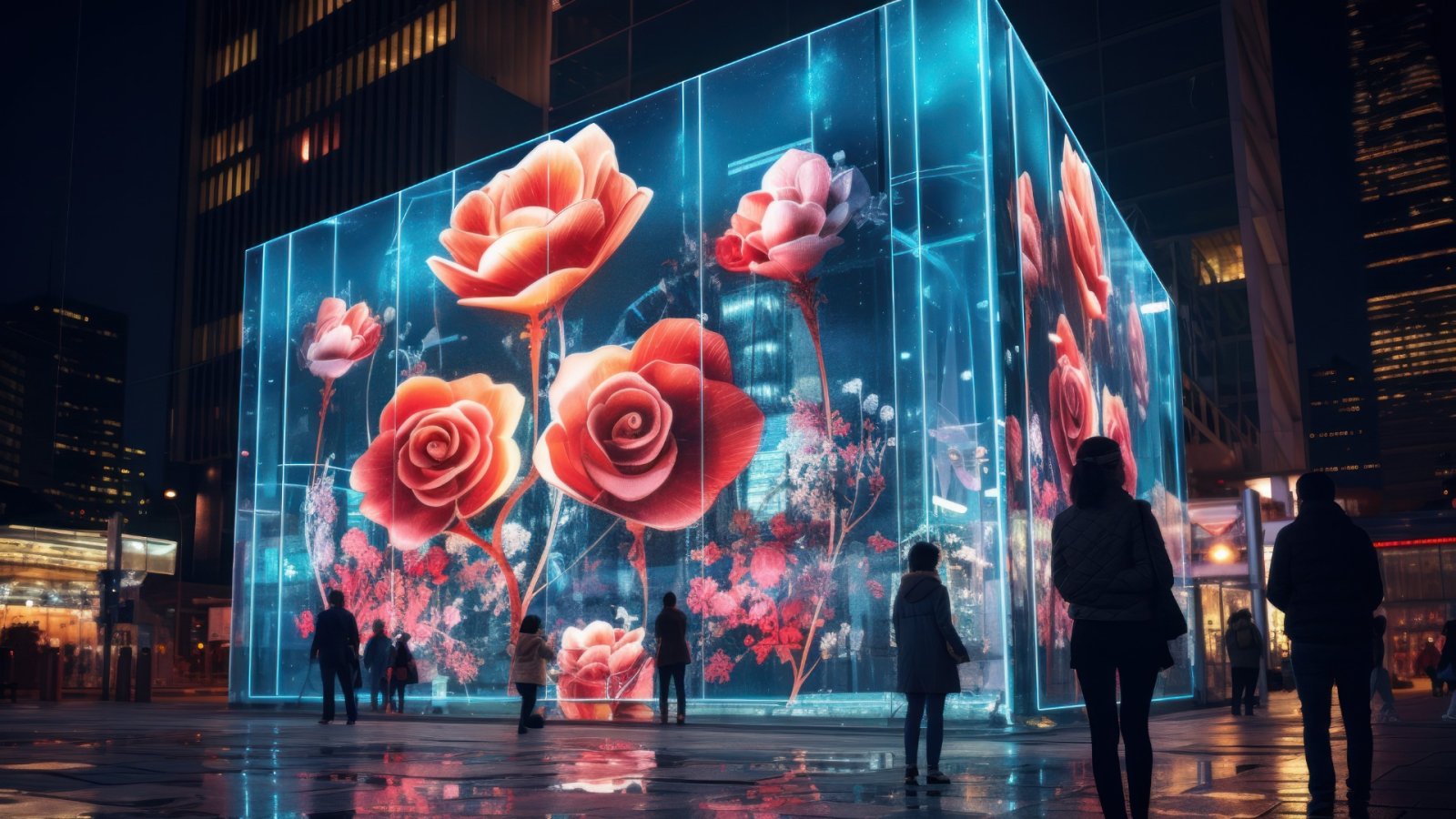Installation art, a genre known for its transformative force over space and perception, defies simple categorization. Because from its early origins to the present day, installation art has taken on various shapes, often blurring the borders between art and the territory it occupies. Moreover, whether temporary or permanent, these three-dimensional works have graced galleries, museums, public squares, and even private homes, immersing viewers in captivating environments. Emerging in the latter half of the twentieth century, installation art evolved alongside minimalism and conceptual art, prioritizing views and experiences over the final product. Read this article to discover some remarkable artists who have made invaluable contributions to the discourse covering installation art!
Kurt Schwitters: redefining collage through the Merzbau
Renowned for his inventive collages made from diverse materials like paper scraps, wood, and advertisements, Kurt Schwitters (1887-1948) was a pioneering Dada artist of the 20th century. His most notable contribution was the transformation of his own art studio into a sprawling collage known as the Merzbau. He viewed Merzbau as not just an artwork but also a mindset and a way of life, embodying his concept of "merz." This term represented the artist himself, his existence, and his creative endeavors, making the Merzbau his building.
Over time, Schwitters expanded his studio into an immersive walk-in collage, constantly evolving and growing. Composed of columns and stalagmites formed by an array of found objects, the Merzbau became a vibrant testament to Schwitters' artistic vision. From approximately 1923 until 1937, the installation occupied eight rooms in his home in Hannover. However, due to the rise of Nazi Germany, Schwitters was compelled to seek refuge in Norway, and in 1943, while still in exile, the Allied bombing destroyed the Merzbau. This event not only celebrated the destruction of Schwitters' site-specific creation but also limited its existence.
Yayoi Kusama: enchanting the Senses with Infinity Rooms
An instantly recognizable and iconic artist, Kusama has delighted audiences since 1965 with her groundbreaking series of Infinity Rooms. Her first installation transformed her earlier repetitive artworks into an immersive experience by creating mirrors as walls. Inside this mesmerizing room, viewers are enveloped in an apparently infinite space adorned with polka-dotted fabric phallic structures.
Since then, she has created over twenty distinctive Infinity Mirror Rooms, each with its own unique charm. Some resemble peep-show boxes, allowing audiences to observe from the outside in, while others are expansive multimedia installations filled with internally mirrored inflated polka dots. Among Kusama's most beloved installations, especially among museum-goers and social media influencers, are her light-filled creations like the Infinity Mirrored Room—Aftermath of Obliteration of Eternity. This particular installation showcases hundreds of hanging lanterns, creating a path paved with water. Through the magic of mirrors, Kusama's artwork plays with our senses, inviting us into lyrical settings that resonate with our deepest human reactions and inspire meditation.
Gordon Matta-Clark: challenging urban norms through art
An American artist with a profound understanding of architecture's role in reflecting societal structures made a powerful statement of urban protest through his art installation titled "Splitting" in 1974. From March to June of that year, Matta-Clark used a chainsaw to expertly bisect a New Jersey house that had been acquired by his dealer and was destined for demolition due to land speculation. Provoked by the sudden eviction of the previous occupants and their abandoned belongings, the artist embarked on documenting his work from the interior of the house outward through film. The resulting footage captures the fragmentation of the domestic space, where light and air permeate the rooms through massive architectural cuts, representing both the personal and universal breakdown of a family.
The film, along with subsequent books, photographs, and sketches, serves as documentation of the event and evolves into an integral part of the artwork itself. This practice also entangled exhibiting elements of large-scale construction fragments and other debris as installations in galleries and institutional spaces, adding another layer of meaning to his work.






